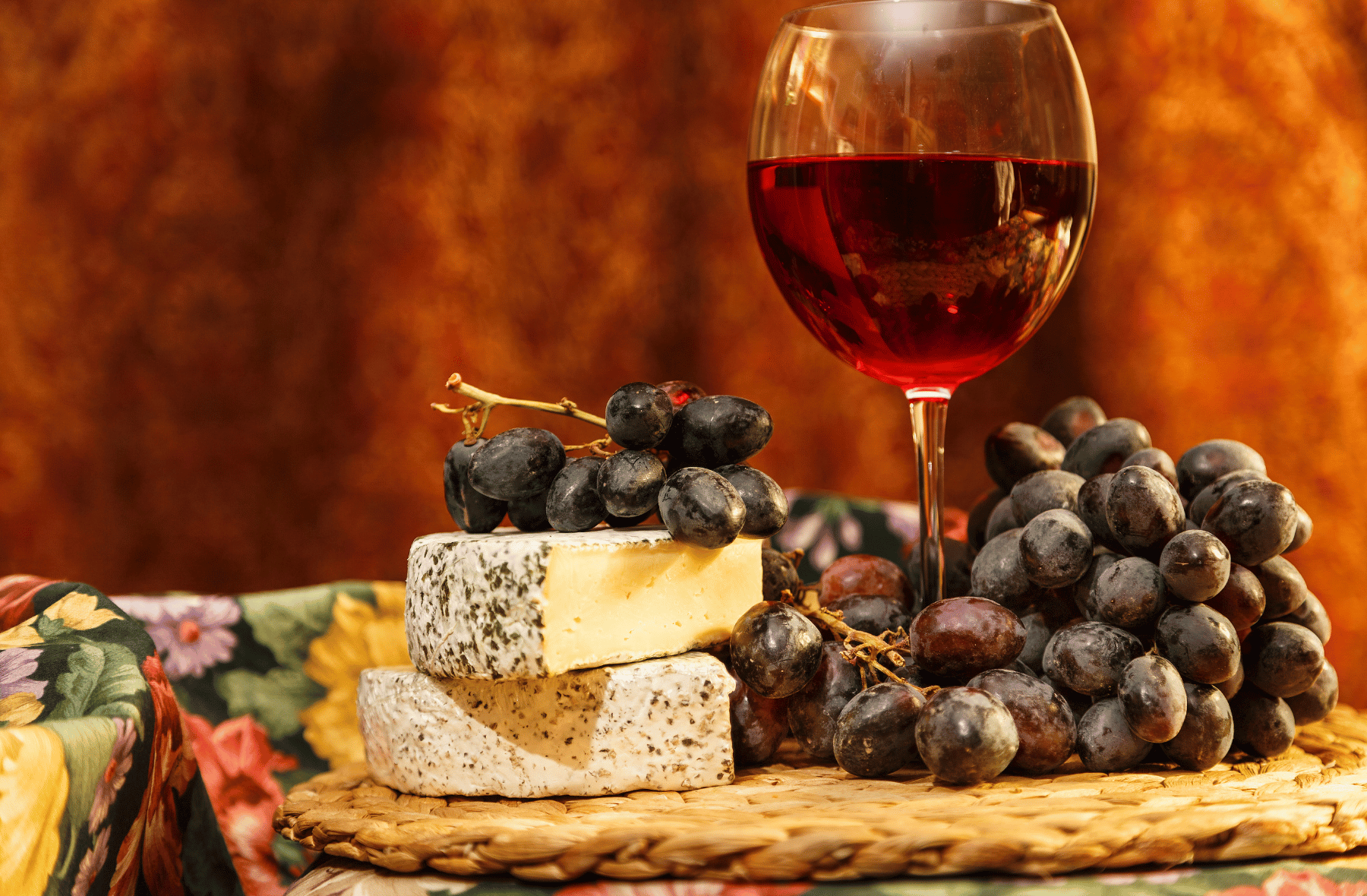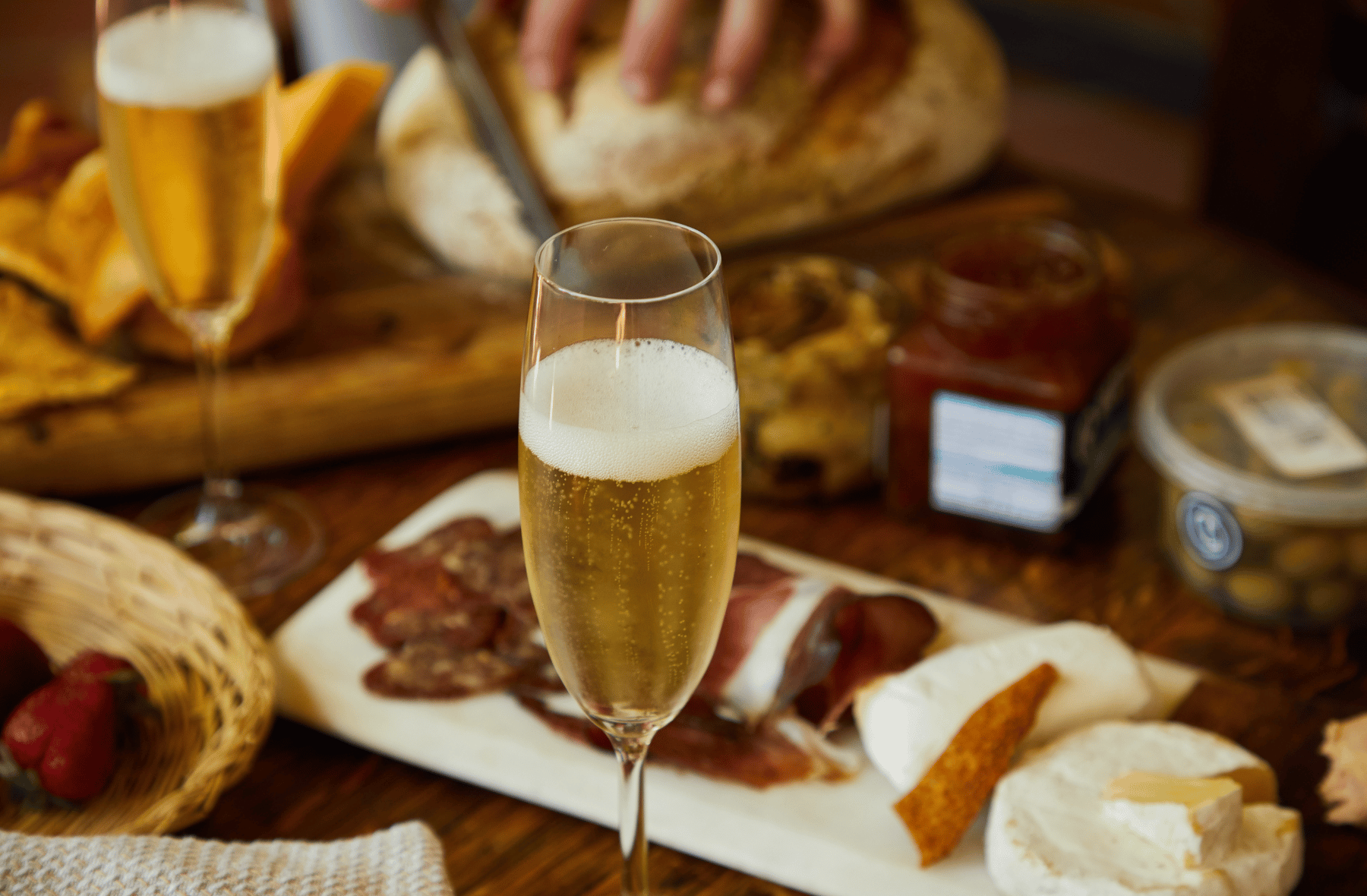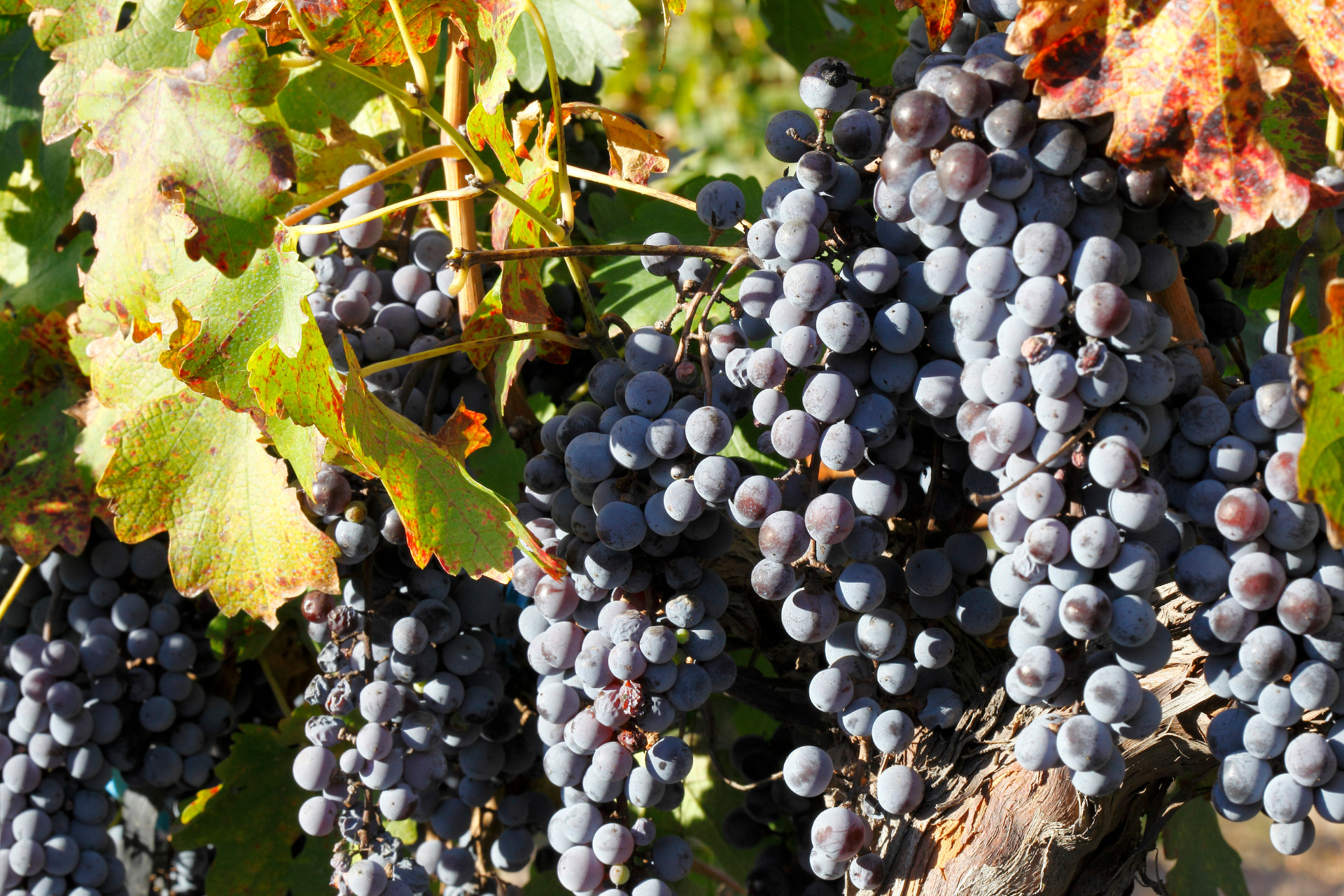Soft Cheeses: Pairing Perfection with Wine
Pairing Perfection: Wine with Soft Cheeses

Soft cheeses, such as Brie, Camembert, and Burrata, are beloved for their luxurious textures and delicate flavours.
Their creamy and buttery profiles, often complemented by earthy rinds, make them versatile and enticing additions to any cheese board. However, their richness demands thoughtful wine pairings to ensure that the flavours of both the cheese and the wine are elevated.
This article explores the characteristics of soft cheeses, their pairing principles, and specific wine recommendations to create a harmonious culinary experience.
Understanding Soft Cheeses: Characteristics and Appeal
Soft cheeses are defined by their high moisture content, resulting in their luscious, creamy interiors. Their exteriors, often coated in edible moulds or rinds, add an earthy complexity to the flavour profile. Below, we dive deeper into some popular soft cheese varieties:
1. Brie
Originating from France, Brie is known as the “Queen of Cheeses.” It has a soft, white rind and a pale, creamy interior. The flavour is mild yet subtly nutty, with hints of butter and mushroom from the rind.
2. Camembert
Similar to Brie but slightly stronger in flavour, Camembert hails from Normandy. Its rind offers earthy, mushroom-like notes, while the interior is buttery with a slight tang.
3. Burrata
An Italian delight, Burrata is made from mozzarella and cream. It boasts an almost liquid centre encased in a thin mozzarella shell. The flavour is milky, fresh, and slightly tangy, making it a favorite for salads and appetizers.
The richness of these cheeses makes them a centerpiece on cheese platters, often accompanied by fruits, nuts, and crackers. To maximize their flavours, choosing the right wine is crucial.
The Art of Pairing Wine with Soft Cheeses
The Challenge of Soft Cheeses
Soft cheeses, due to their creamy textures and nuanced flavours, can overwhelm delicate wines or be overpowered by overly bold ones. The goal is to find wines that balance the cheese’s fat content while complementing its earthy or tangy notes.
Key Pairing Principles
- Balance Acidity
Wines with good acidity cut through the richness of soft cheeses, cleansing the palate and preventing the pairing from feeling heavy. - Enhance Subtle Flavours
Choose wines that bring out the delicate, buttery, or earthy undertones of the cheese rather than masking them. - Match Intensity
Pair mild cheeses like Burrata with lighter wines and stronger cheeses like Camembert with wines of comparable intensity. - Consider Sweetness
A touch of sweetness in wine can contrast beautifully with the savory and creamy aspects of soft cheeses.
Wine Pairing Recommendations for Soft Cheeses
Pairing with Brie
Brie’s mild, creamy profile pairs best with wines that enhance its subtle flavors without overpowering its delicate structure.
- Chardonnay (Unoaked): A crisp Chardonnay with notes of apple, pear, and citrus complements Brie’s creamy texture while cutting through its richness. Avoid heavily oaked versions, which can overshadow Brie’s nuances.
- Champagne or Sparkling Wine: The effervescence of Champagne contrasts beautifully with Brie’s creamy mouthfeel, adding freshness to each bite.
- Pinot Noir: A light-bodied Pinot Noir with soft tannins and red berry notes can enhance the nutty and earthy flavours of Brie.
Pairing with Camembert
Camembert’s stronger, more earthy profile requires wines that stand up to its intensity while refreshing the palate.
- Sauvignon Blanc: This wine’s high acidity and herbal notes pair wonderfully with Camembert, creating a balance between creaminess and freshness.
- Cider: A dry or semi-sweet cider complements Camembert’s tangy and earthy flavours while offering a delightful contrast in texture.
- Merlot: A medium-bodied Merlot with soft tannins and plum or cherry notes can handle the complexity of Camembert’s rind without overpowering its creaminess.
Pairing with Burrata
Burrata’s fresh, milky flavour pairs best with light, bright wines that accentuate its delicacy.
- Prosecco: The light bubbles and fruity notes of Prosecco enhance Burrata’s creamy center, making it an ideal pairing for appetizers.
- Pinot Grigio: With its crisp acidity and citrusy profile, Pinot Grigio cuts through Burrata’s richness without overwhelming its mild flavor.
- Rosé: A dry rosé with notes of strawberry or watermelon provides a refreshing complement to Burrata, especially in summer dishes.

Serving Soft Cheeses with Wine: Tips for a Perfect Experience
- Serve at Room Temperature
Soft cheeses should be served at room temperature to fully develop their flavours. Remove them from the fridge 30–60 minutes before serving. - Choose the Right Wine Glassware
Use appropriate glassware to enhance the wine’s aromas and flavours. For sparkling wines, flutes help preserve the bubbles, while Burgundy glasses are ideal for light-bodied reds like Pinot Noir. - Consider Accompaniments
Fruits (like figs and pears), nuts (like walnuts and almonds), and honey pair well with soft cheeses and can enhance the pairing with wine. - Experiment with Portions
Allow guests to experiment with small bites of cheese and sips of wine to discover their favourite combinations.
Beyond the Classics: Creative Pairing Ideas
While traditional pairings offer reliable results, exploring unconventional pairings can lead to exciting discoveries.
- Burrata with Riesling: A slightly off-dry Riesling balances Burrata’s creaminess with its bright acidity and subtle sweetness.
- Brie with Sauternes: The sweetness of Sauternes contrasts with Brie’s mild saltiness, creating a luxurious pairing.
- Camembert with Beaujolais: The fruity, light-bodied Beaujolais complements Camembert’s tangy, mushroom-like flavours.
Regional Pairing Insights
French Inspiration
Brie and Camembert are both French cheeses, making French wines like Champagne, Sauvignon Blanc, or Beaujolais natural pairings. The regional alignment often creates an inherent harmony between the cheese and wine.
Italian Delights
For Burrata, Italian wines like Prosecco or Pinot Grigio honour its origins and elevate its fresh, milky taste.
Concluding Thoughts
Soft cheeses like Brie, Camembert, and Burrata offer creamy, nuanced flavours that deserve equally thoughtful wine pairings.
Whether you prefer the effervescence of sparkling wines, the crispness of whites, or the subtlety of light reds, there is a perfect wine for every soft cheese. By following the principles of balance, complementarity, and intensity, you can transform your next cheese board into an unforgettable sensory experience.
So, the next time you’re preparing a cheese platter, don’t just reach for any bottle of wine—choose one that elevates the creamy textures and earthy notes of these beloved cheeses.
The perfect pairing awaits!
Wine and Cheese Affair News


